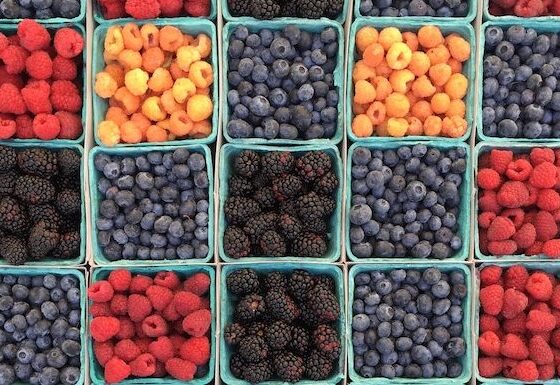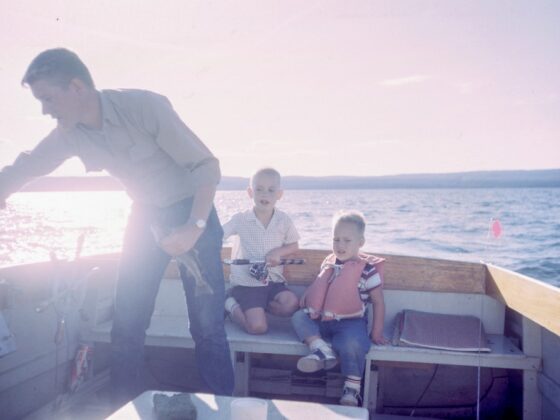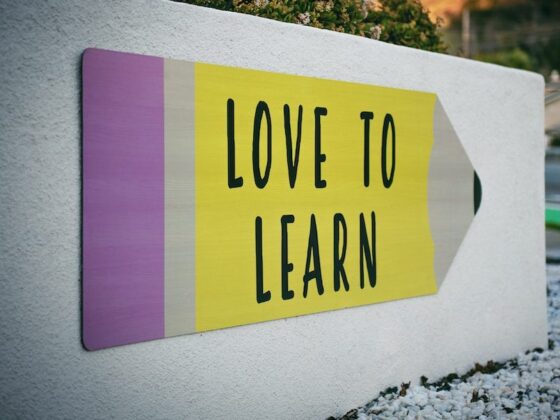Rainbows are colorful and magical – especially when made of stacked liquids in the jar! Explore the various densities of common everyday liquids you can find in the kitchen pantry, bathroom or medicine chest with this fun science activity. Create a beautiful rainbow by carefully layering each liquid one at a time, and watch how density works right before your eyes! (Even though it might be tempting, this rainbow is NOT for eating!)
COMMON SENSE WARNING: Do not drink the liquids.
What you need:
- ½ cup of molasses
- ½ cup of water (add a little food coloring for some extra pop of color)
- ½ cup of cooking oil
- ½ cup rubbing alcohol (add food coloring too….this is a rainbow)
- Clear glass or pint sized jar
- Spoon
- Food Coloring
For extra experimenting try floating a bottle cap, cork, button, paperclip, raisin, popcorn kernels, uncooked rice, beads, a lego brick, in the rainbow jar and see which liquid level it floats on!
What you do:
- Pour the molasses into the jar.
- Now slowly pour the water on top of the molasses against the back side of a spoon. The water should float on top of the molasses.
- In the same way, trickle the cooking oil on top of the water.
- Lastly add the rubbing alcohol to the top.
- You should now have a rainbow with four colors.
- Drop different small objects into the glass jar and watch which layer they land in.
Why does it work?
Density is loosely defined as weight per unit of volume. This means that the heaviest liquid will be on the bottom, while the lightest will be on top. While the scientific definition is called specific weight, liquids with different densities will stack on top of each other.





